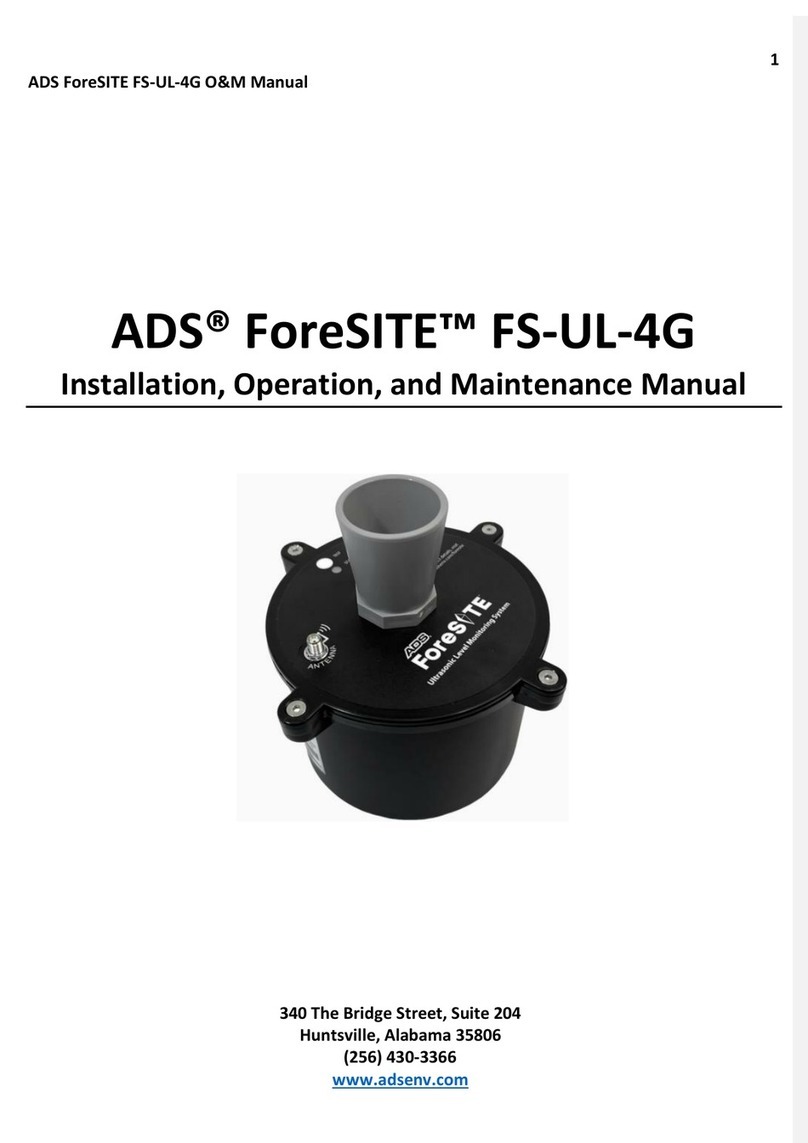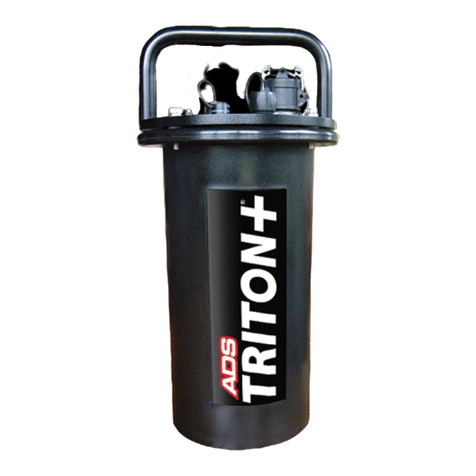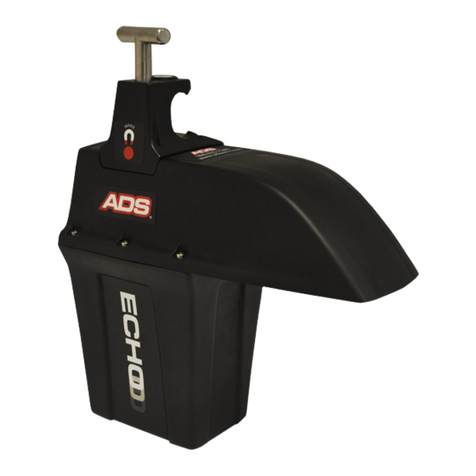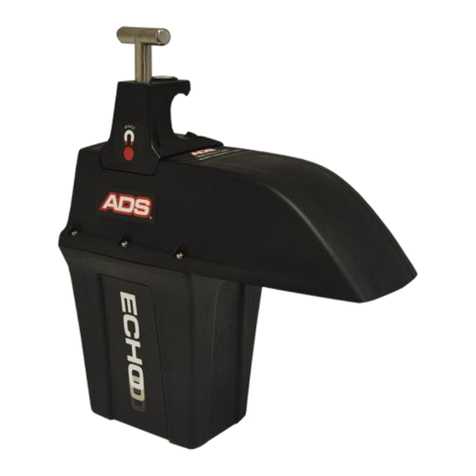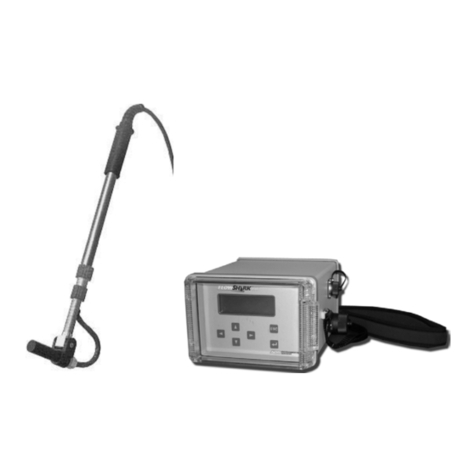Table of Contents iii
Table of Contents
Chapter 1 Introduction…….......................1-1
Intrinsic Safety ............................................................... 1-2
TRITON+ System Certification .............................. 1-3
Installation and IS Considerations ..........................1-5
Special Conditions for Safe Use ............................. 1-6
Other Conditions for Safe Use................................ 1-7
Maintenance Restrictions...............................................1-8
Warnings, Certifications, Cellular Modem
Compliance, and Conformity.........................1-10
Changes or Modifications..................................... 1-10
Control Drawing ...................................................1-11
European ATEX Hazardous Area Compliance.....1-13
IECEx (International Electrotechnical
Commission Explosive) Hazardous Area
Compliance.................................................... 1-19
CSA Hazardous Area Compliance........................1-21
Declaration of Conformity....................................1-24
Installation and Configuration...................................... 1-26
Product Warranty......................................................... 1-28
New Product Warranty..........................................1-28
Out-of-Warranty Product Repairs.........................1-28
Troubleshooting Fee .............................................1-29
Shipping................................................................ 1-29
Service ..................................................................1-30
Chapter 2System Overview .....................2-1
TRITON+ Flow Monitor................................................ 2-4
Communications .....................................................2-4
Processor Board ......................................................2-5
Connector Ports.......................................................2-7
SIM Card Enclosure................................................2-8
Power .................................................................... 2-10
Sensors .........................................................................2-15
Peak Combo Sensor..............................................2-15
Ultrasonic Depth Sensor ....................................... 2-18
Surface Combo Sensor.......................................... 2-19












